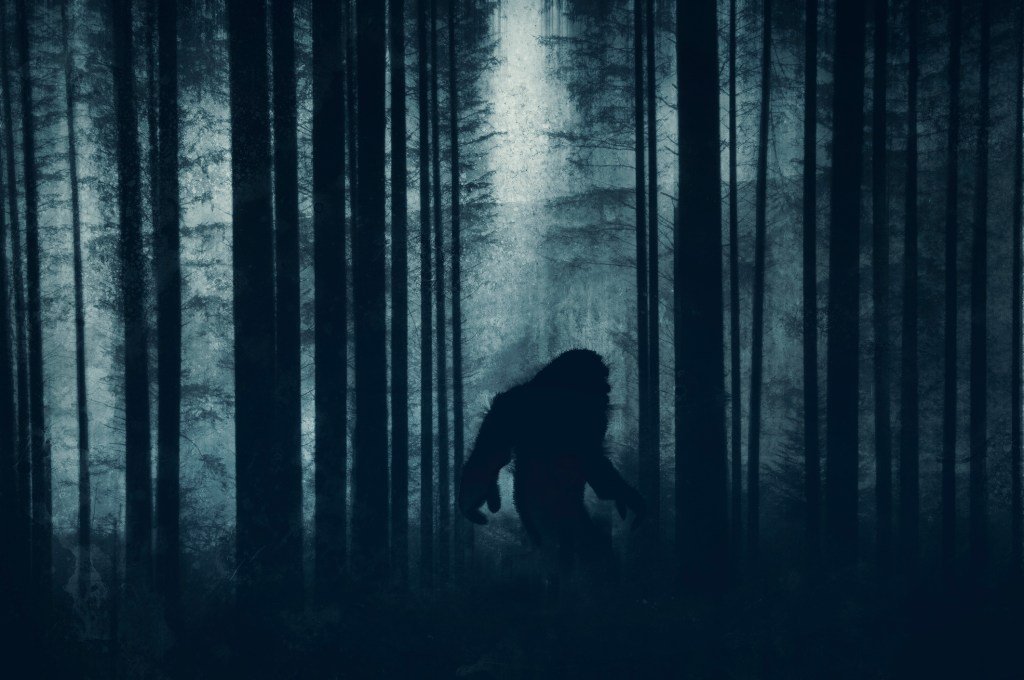

A new scientific analysis tackles one of America’s biggest unanswered questions: What or who is bigfoot, anyway? The verdict: perhaps not as mythical a being as you might think.
In a recent paper, Pittsburgh-based data analyst and simulation modeler Floe Foxon completed one of the largest known statistical studies of bigfoot sightings in North America. His goal was to test a prevailing theory that many bigfoot sightings could actually just be bears walking on their hind legs.
To do it, he first obtained a database of known bigfoot sightings, as provided by the Bigfoot Field Researchers Association (which is a real thing). Foxon then mapped bear populations in each U.S. state and Canadian province. Finally, he created a statistical model adjusting for land area and population density and examined the relationship between bear populations and bigfoot sightings.
As it turns out, bigfoot sightings increase directly in proportion to black bear population density.

“A significant positive association was found between sasquatch sightings and black bears such that, after adjusting for the human population and land area, one sasquatch sighting is expected for every few hundred bears in a given state or province,” Foxon writes.
While the paper has not yet been peer-reviewed, the strength of the pattern is evidence that the sasquatch may not be its own separate species, as conspiracy theorists and mythology junkies have long believed. Instead, Foxon says, his findings “suggest that many supposed sasquatch sightings in North America are likely misidentified black bears.”
Foxon admits that there are cases of sasquatch sightings in states with no known populations of black bears. However, he writes that this merely supports previous theories that hunters, unhoused people, and other lone wanderers are also occasionally mistaken for bigfoot.
So, how exactly have so many bears been mistaken for ten-foot-tall humanoids over the last two centuries? Poor visibility in dense forests likely has something to do with it. So do psychological factors—after all, we sometimes see what we expect to see even if it’s not there. Or maybe the Bigfoot spotters were just affected by the standard cocktail of hiker delirium: hunger, fatigue and horrific blisters.
It’s hard to say. Of course, it’s always possible that the hikers aren’t the only ones to blame— maybe the bears have just been playing a trick on us all along.











I’d bet serious money that the clown who conducted this “study” has never ventured into the forest and has never spoken with an eyewitness in a bigfoot sighting.
Others connected the high bear density and bigfoot areas corresponding many many years ago. David Paulides mentions it in his 2008? book ‘The Hoopa Project’ for one.
It’s not exactly a shock that two possible homnivores would thrive in similar habitat.
This person who thinks it is simply bear sitings clearly has not properly studied the reports, is so very late to the picnic and not at all equipped for the task.
What about the rock throwing, mumble talking and laughing? Do bears do that? I’ve never seen a bigfoot or ever experienced one, but alot of people’s stories do mention those things
Hunters venture into the woods every year by the 100,000’s of thousands all over the country. To think none of them
ever shot one for proof is all the evidence I need. There are no bigfoots, the tv show could not produce one. All the
videos are fake.
These comments are hilarious!!! hey really think there is a Big Foot????🤦🏼♂️🤦🏼♂️🤦🏼♂️🤦🏼♂️🤦🏼♂️